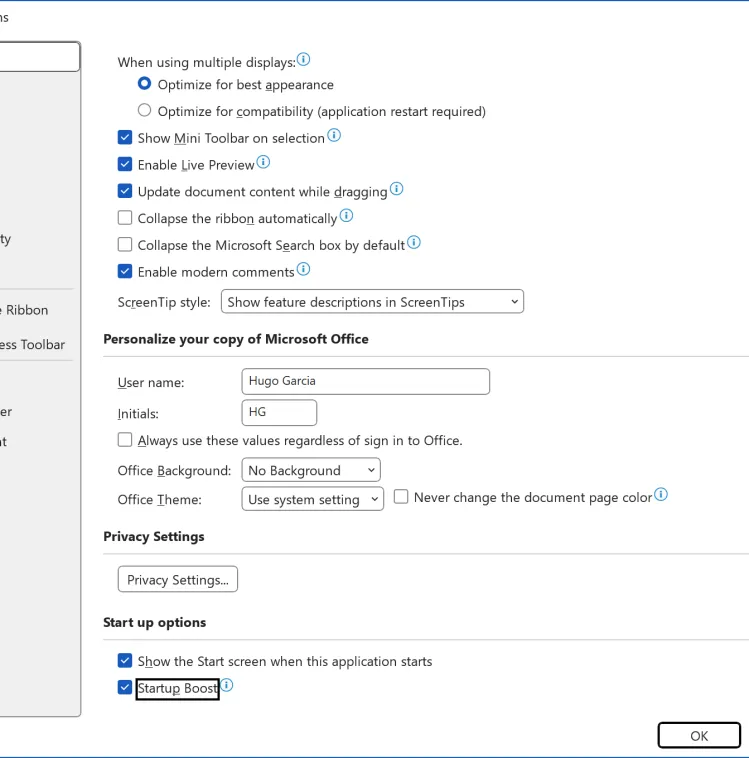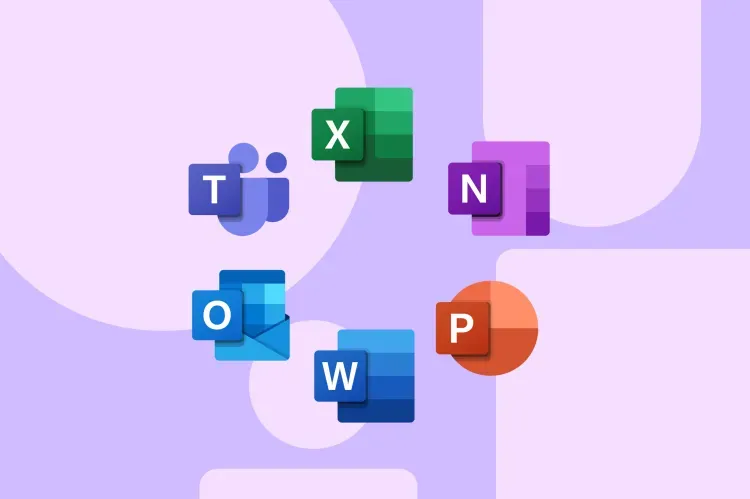Microsoft is rolling out a performance upgrade aimed at significantly improving the startup speed of its Office applications—beginning with Word in May.
This enhancement comes in the form of a new scheduled task called Startup Boost, designed to silently optimize load times as your PC boots.
According to a message sent to IT administrators, Microsoft says the Startup Boost task will be introduced through the Office installer.
“We are introducing a new Startup Boost task from the Microsoft Office installer to optimize performance and load-time of experiences within Office applications,” the company explained.
Here’s how it works: once the task runs, it loads core components of the Office app into memory in a paused state.
When the user** launches the app, the remaining processes resume almost instantly, resulting in noticeably faster load times.** If the system needs to reclaim resources, it can remove the app from memory without disrupting functionality.

Word is first in line for the upgrade, with additional Office apps expected to gain Startup Boost in future updates. However, the feature will only be enabled on systems that meet specific requirements—namely, PCs with at least 8GB of RAM and 5GB of available disk space.
It’s also worth noting that Startup Boost will automatically deactivate when Windows is in Energy Saver mode, to preserve battery life.
For users or IT admins who prefer not to have Office apps preloaded in the background, Microsoft is offering a toggle inside the app’s settings to disable Startup Boost.
While it's also possible to delete the scheduled task manually, Microsoft warns that the Office installer will recreate it during updates—making the in-app option the recommended way to manage it long term.
Although Microsoft has long used scheduled tasks to optimize Windows performance behind the scenes, such practices are less common among app developers.
Google, for instance, uses scheduled tasks for Chrome updates, and PC manufacturers rely on them for driver and firmware updates. However, most software—including Adobe Creative Suite—still uses the standard Windows startup folder for background processes, which are easier for users to monitor and control.
With this move, Microsoft is clearly prioritizing a snappier, more seamless experience for Office users—especially in enterprise environments where every second counts.







